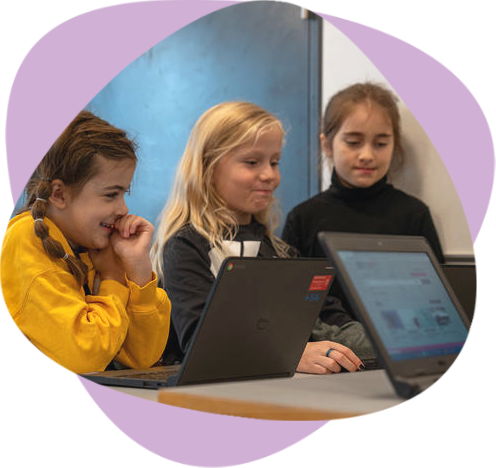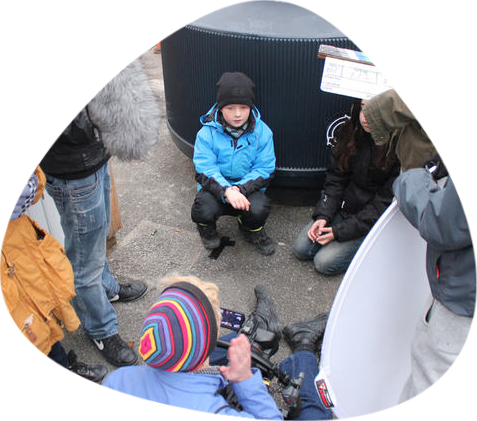Analysis through production
This step looks at the practical approaches to using 'hands-on' exercises with students that supports the analysis of film language.

This step looks at the practical approaches to using 'hands-on' exercises with students that supports the analysis of film language.

The Framework for Film Education emphasises the importance of connecting the ‘three Cs’ of film education - Critical, Creative, and Cultural. Here we look at ways of analysing film through short practical exercises. The theme of Critical-Creative will be picked up later in this resource when we look at examples from the French programme Cinema cent ans de jeunesse and in the section on film education in pre-school.
In this and the next step, we will look at how to use small production exercises as a way in to film analysis. We will offer some background thinking for creating small production exercises and how to introduce them in the best possible way with students. At the end of the next step, you will consider the technical dimensions of the production exercises and discuss how to plan exercises with learners.
Small production exercises are meant to be an integrated part of the analytical work and can be made use of at any point in the film analytical process. You may also consider doing several exercises along the way. Production takes time. The exercises ought therefore to be limited to 25-second films – or shorter.
Use the notepad facility to answer the following questions.
Use this notepad feature to write down answers and your thoughts to questions posed throughout this resource.
Open Notepad
Analytical competence is not only strengthened by working analytically with film. When you plan and execute small production exercises in connection with film analysis, the students’ creative skills are strengthened, which motivates further reflection on the language of film and how to use it.
It’s therefore always a good idea to include production concerns when working with film analysis. Learning is a process that not only is about seeing and experiencing but also about analyzing, understanding and creating.

With the advent of various digital media, it has become easier for educators to make films when they teach. The recording devices can be the students’ smartphones – or tablets if they have them. Whichever you choose, the new digital media affords great flexibility in the classroom compared with old-fashioned film production where everyone has a particular role to play and the equipment is either difficult or completely impossible to obtain. Most smartphones are equipped with both camera and microphone nowadays.
Although production exercises should be short, all production requires good organization. Good organization is achieved by working with three basic phases (planning, practice/filming and editing) during the small film exercises. The teacher can choose whether the students should work through all or just a few of the exercises.
This downloadable pdf covers everything in this step, as well as advice on Technology and Apps, rights free sound, and a checklist of other factors to think about.
Choose one of the exercise topics from phase two above - either ‘Power’, ‘Emotion/ fear’, or ‘Isolation’. Make either a short (less than 20 second) single shot representation of the theme, or take a photograph. Post it on the Padlet below - but don’t label it with the theme. Let other people see if they can guess it!